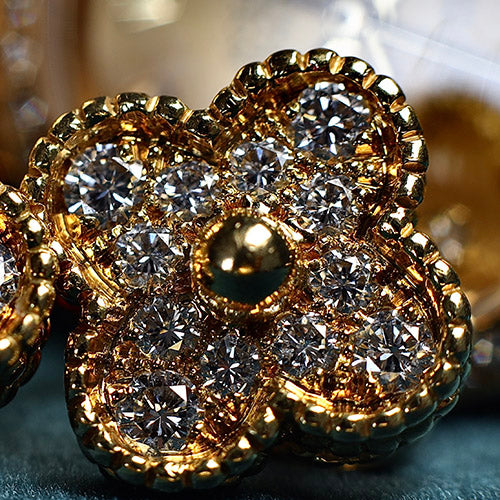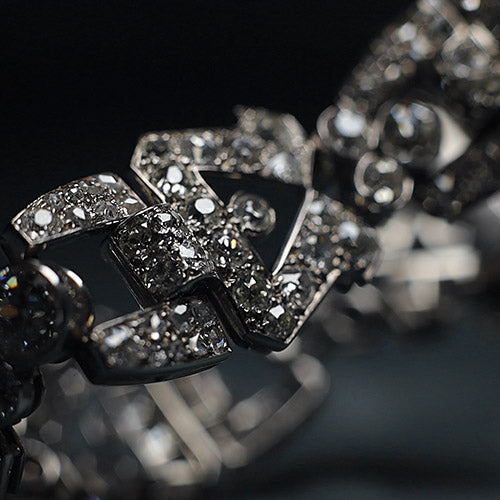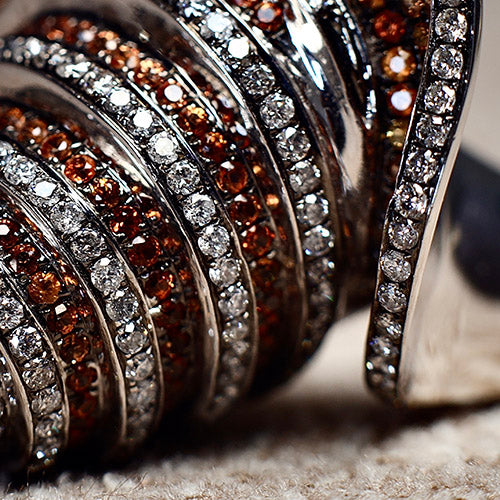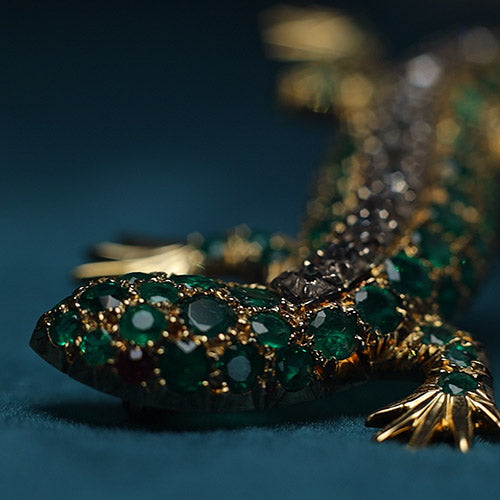Your Cart is Empty
FREE DELIVERY ON ALL ORDERS IN THE UK
FREE DELIVERY ON ALL ORDERS IN THE UK
Engagement
Diamonds
DIAMOND JEWELLERY
View our full range of beautiful Jewellery only at Jewellery Finder. From Rings, Bracelets, Earrings and Pendants.

DIAMOND JEWELLERY
View our full range of beautiful Jewellery only at Jewellery Finder. From Rings, Bracelets, Earrings and Pendants.

Gemstones
GEMSTONE JEWELLERY
Find unique gemstone rings, earrings, pendants, bracelets and more at Jewellery Finder, your expert on-line jeweller.
If there is something specific you are looking for get in touch. We will check our treasure trove of items yet to be added.

GEMSTONE JEWELLERY
Find unique gemstone rings, earrings, pendants, bracelets and more at Jewellery Finder, your expert on-line jeweller.
If there is something specific you are looking for get in touch. We will check our treasure trove of items yet to be added.


The history of diamonds
Diamonds are one of the most popular and desirable gemstones in the world. They are rare, beautiful, and can be used for various purposes such as engagement rings, jewellery, and investment.
However, the world of diamonds is complicated, and there is a lot of misinformation and confusion surrounding them. In this blog post, we will dive into the world of diamonds, from their history to the different types of diamonds and how to buy them.
We will also discuss the ethics of the diamond industry, including the issue of conflict diamonds, and how to ensure that you are purchasing a diamond that is ethical and sustainable.
History of Diamonds
The history of diamonds dates back to ancient times. The first recorded diamond was found in India in the 4th century BC, and diamonds were highly valued for their beauty and rarity. The word "diamond" comes from the Greek word "adamas," which means "invincible." In ancient times, diamonds were believed to have magical and healing powers, and they were used as talismans and for medicinal purposes.
Middle Ages
In the Middle Ages, diamonds were used as symbols of wealth and power, and they were often worn by royalty and nobility. The first diamond engagement ring was given in 1477 by Archduke Maximilian of Austria to Mary of Burgundy. Since then, diamond engagement rings have become a tradition, and diamonds have become a symbol of love and commitment.
19th Century
In the 19th century, diamonds were discovered in South Africa, which led to a diamond rush and a significant increase in the supply of diamonds. The diamond industry was revolutionised by the invention of the diamond saw, which made it possible to cut diamonds into various shapes and sizes. Diamonds became more affordable and accessible to a wider range of people.
20th Century
In the 20th century, diamonds became associated with love and marriage, thanks in part to a marketing campaign by De Beers, a diamond mining and marketing company. The slogan "A Diamond is Forever" was introduced in 1947, and it became the ultimate symbol of commitment and love. Diamonds were also popularised in Hollywood, with movie stars wearing diamonds on and off screen.
Diamonds In Contemporary Times
Today, diamonds are still a popular choice for engagement rings and other jewellery. The diamond industry has undergone significant changes, with new mining and cutting techniques and increased ethical and environmental concerns. Conflict diamonds, also known as blood diamonds, have been a major issue, with efforts made to ensure that diamonds are ethically sourced and do not contribute to human rights abuses or environmental damage.
Types of Diamonds
Diamonds come in different shapes, sizes, and colours, and they are classified based on the "4 Cs": carat weight, cut, colour, and clarity.
Carat Weight
Carat weight is the weight of the diamond, and it is measured in carats. One carat is equal to 0.2 grams, and the price of a diamond increases with its carat weight.
Cut
Cut refers to the way the diamond is cut and polished, and it affects how the diamond reflects light. The better the cut, the more brilliant and sparkly the diamond will be.
Colour
Colour refers to the natural colour of the diamond, and it ranges from colourless to yellow or brown. Colourless diamonds are the most valuable and rare.
Clarity
Clarity refers to the presence of inclusions or blemishes in the diamond. The fewer inclusions, the more valuable the diamond.
Aside from the 4 Cs, there are also different types of diamonds, such as natural diamonds, synthetic diamonds, and treated diamonds. Natural diamonds are formed deep within the earth's mantle and take millions of years to form. Synthetic diamonds are created in a laboratory and have the same chemical and physical properties as natural diamonds. Treated diamonds are natural diamonds that have been treated to enhance their colour or clarity.
Ethics of the Diamond Industry
The diamond industry has been plagued by ethical issues, such as the issue of conflict diamonds. Conflict diamonds, also known as blood diamonds, are diamonds that are mined in war zones and sold to finance armed conflict against governments. The trade of conflict diamonds has fueled wars and human rights abuses in countries such as Sierra Leone, Angola, and the Democratic Republic of Congo.
To combat the issue of conflict diamonds, the Kimberley Process was established in 2003.The Kimberley Process is a certification scheme that aims to prevent the trade of conflict diamonds by requiring diamond producers to provide documentation proving that their diamonds are conflict-free. However, the effectiveness of the Kimberley Process has been called into question, as it does not address other ethical issues in the diamond industry, such as child labour, worker exploitation, and environmental degradation.
To ensure that you are purchasing a diamond that is ethical and sustainable, it is important to research the diamond's origin and ask for a certification from a reputable organisation, such as the Responsible Jewellery Council.
Another respected industry body is theGemological Institute of America, whichJewellery Finder is a proud member of. Established over 80 years ago, the GIA is the world’s foremost authority on diamonds.
Buying Diamonds
When buying a diamond, it is important to do your research and understand the different factors that affect a diamond's value. It is also important to shop around and compare prices from different dealers in order to get the best deal. Additionally, if you are looking for an ethical, sustainable option, make sure to ask questions about the origin of a diamond and whether it is conflict-free.
Jewellery Finder offers a free consultation servicewhere you can speak with one of our diamond experts, who will advise you on the options available to you.
Also in News
Recent Articles
- The World's Top 6 Jewellery Brands April 13, 2023
-
The history of diamonds
April 06, 2023
newsletter signup
Be the first to know about upcoming sales and promos. Get a 5% discount coupon when you subscribe!
Sign up for our Newsletter
For news, guides, offers and exclusive promotions available only at Jewellery Finder


